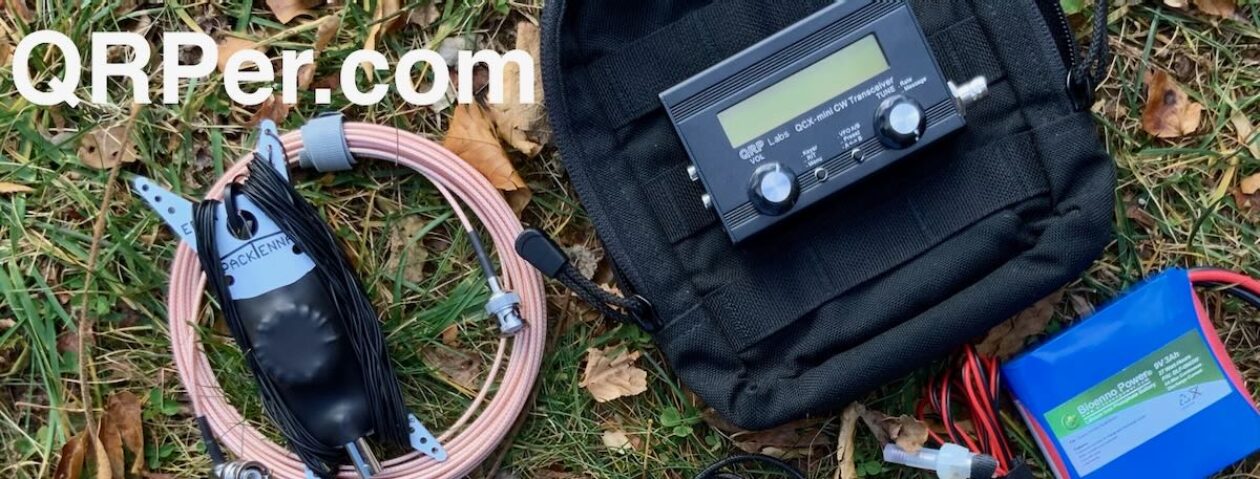 Have you ever had an activation that didn’t quite go to plan?
Have you ever had an activation that didn’t quite go to plan?
Yeah. Me too.
Truth is, it’s just the nature of field radio that things sometimes break, behave erratically, and/or some key component goes missing. When you’re lugging your gear around in a pack and deploying it outdoors in a wide variety of settings it’s a much less “controlled” environment than, say, in the shack.
When a problem arises, you have to work that problem in the field to get on the air and complete the activation.
If you watch my activation videos, you’ll note that I try to include everything in them–including mistakes and mishaps.
Mishaps that lead to a failed activation happen less frequently than they did when I first got started in the world of field radio. Over the years, I’ve refined my field kit and made sure I’ve got the right spare components and tools to solve minor issues I might encounter.
That said, I felt like my activation attempt of Lake James State Park on Wednesday, October 5, 2022 was a total comedy of errors. It seemed like an extra layer of complication presented itself each step along the way as I tried to activate that park.
Lake James State Park (K-2739)
The plan was to leave my home around 17:15 local, arrive at the park around 18:00, set up my Icom IC-703 Plus, pair it with a 40 meter end-fed half-wave, hop on the air and work stations until about 19:00 (23:00 UTC) at the latest, then pack up and continue driving another hour to my final destination.
Here’s how it actually played out…
I had all of my bags packed and ready to go at 17:15, but as I was ready to leave, I discovered a plumbing leak under our kitchen sink. It required immediate attention (obviously) so I grabbed my tools, pulled everything out from under the kitchen sink, found the leak, and sorted out the issue. Thankfully, I had some spare plumbing parts at the house. This only delayed my departure about 30 minutes.
I arrived at Lake James around 18:30 and had the entire park to myself.
My real goal at the park was to take the Icom IC-703 Plus out for a little fresh air. It had been ages since I put it on the air in the field. The last time I tried to use it in the field, the internal keyer was tripping up due to a little RF coming back to the radio from my end-fed half-wave. This is a known issue with the Icom IC-703–it’s more sensitive to RF than any other radio I own.
This time, I planned to eliminate the RF with the inline common mode choke built into my Chameleon 50′ cable.
I grabbed my throw line, MM0OPX EFHW and had the antenna deployed in record time.
You can’t tell from the photos because my iPhone does a great job with low-light, but the sun was setting quickly even as I set up the IC-703. I knew I’d be finishing the activation in the dark, but I had a headlamp handy so wasn’t concerned (again, never leave home without a headlamp!).
I turned on the ‘703 and the 40 meter band was chock-full of signals. A very good sign!
Then I switched the 703’s meter to the SWR setting and sent a couple of dits on an open frequency to confirm a low SWR.
The SWR was off the charts poor, pegging the SWR meter at 9:1 (or worse?).
What–?












































